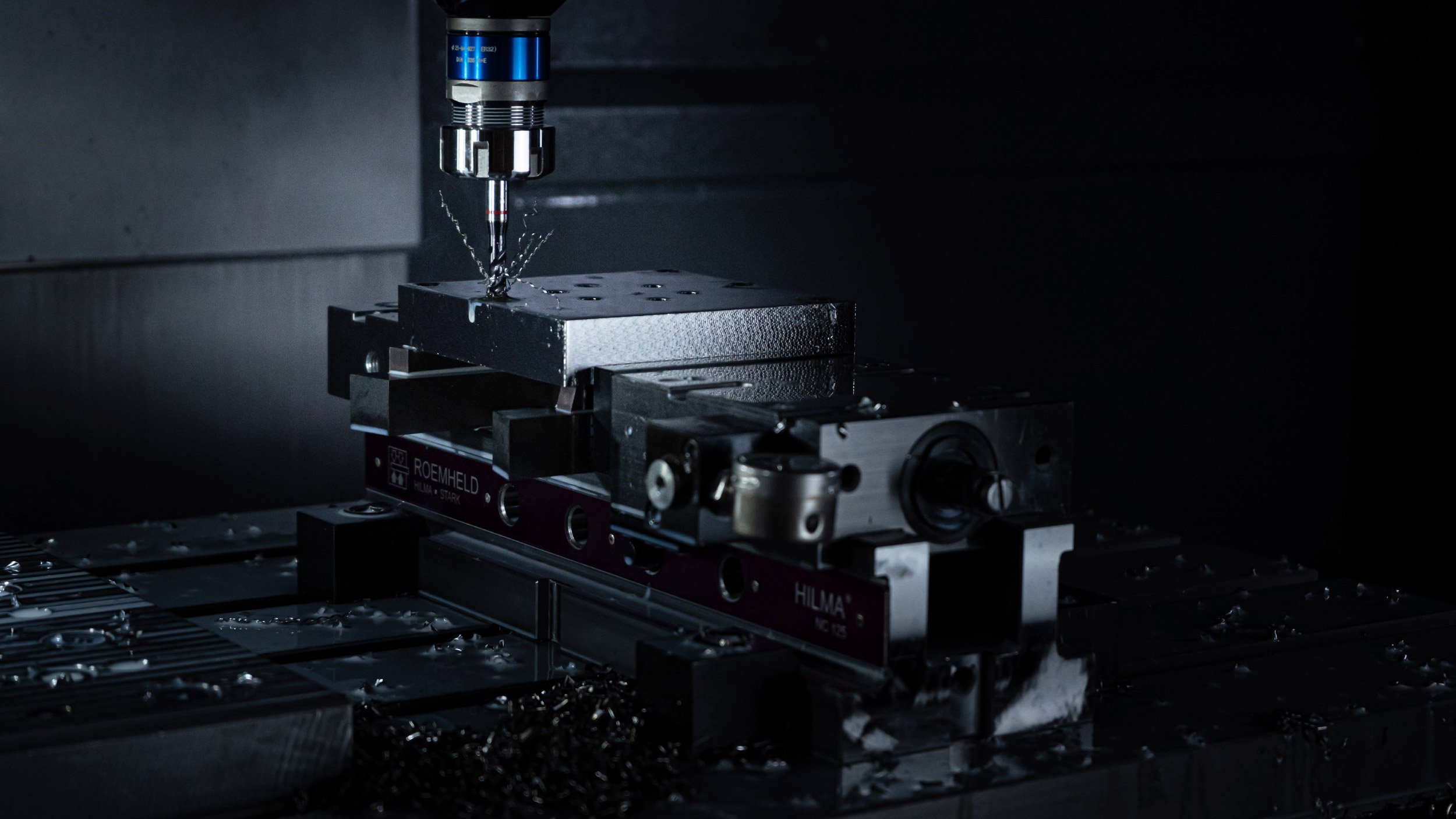
“Quality is never an accident; it is always the result of high intention, sincere effort, intelligent direction and skillful execution; it represents the wise choice of many alternatives, the cumulative experience of many masters of craftsmanship. Quality also marks the search for an ideal after necessity has been satisfied and mere usefulness achieved.” – William Trufant Foster
I don’t think there exists a better definition for the term Quality. The quote is actually attributed to William Adelbert Foster than its actual possible author, William Trufant Foster, according to this article. But despite of who said it, I consider that to be the most sound definition of quality. Where does quality come from? Well, it comes from our brains, because we are the ones that think and, where intentions are formed and made them into creations. Therefore quality is a conscious choice made during creation, and the one who is having that intent can be considered as of having the “sense of quality”. Quality is not a single thing, but an amalgamation of many such intents. Let’s break down the definition of quality and see why, in my opinion, we Indians show a serious lack of it.
Qualities of Quality
Never an accident
This obviously points to the fact that quality is not a random choice or event. Somebody has to think to make up that intention. People with good sense of quality can persistently come up with quality outcomes. One key skill that really helps here is how good of an observer you are. Can you spot the tiniest differences in what you’re observing? How well can you compare your observations with your past experiences? How well can you abstract your observations? How well can you describe the differences?
All these matters. Simply, you will have a good sense of quality if you’re a good observer. Observation takes time and patience. So people who are patient are more likely to have a good sense of quality.
Result of high intention
This reinforces the first point. If something is not an accident, then it must be a conscious decision or an intention. How bad you want your intention to be put into place determines what comes next. If you’re not a person that listen to your own intentions and have a desire to see it happening, then you’re highly likely to not have a sense of quality.
Sincere effort
Even if you had that intention, who is going to make that happen? Well, who do you think is better than yourself to accomplish your own intentions? You could make others do it for you through clever planning, but you must have at least done it once. You have to know how it is done. That can not happen without sincere effort, an effort to learn what you didn’t know.
Intelligent direction
This is where you apply your experiences and knowledge. With those, you can direct the course of something towards accomplishing your intention. The more experience you have, the better you will be at this task. It requires doing something again and again, understanding what works and what not. You may even be able to apply your knowledge in a coinciding manner, to a situation that you never have encountered before. It immensely depends on how good your abstractions are. Abstractions are simpler models or building blocks that you can build in your mind to describe something that is complex. It is a key tool of scientific thought by the way.
With these abstract models and knowledge you have in your mind, you can have this magical power of understanding something deeply. This grows beyond what you can directly observe. When you see something, you take that input and try to build your own picture in the form of abstract models and interconnected experiences. All these make you a better observer.
Masters of craftsmanship
When it comes to physical objects or things that are physically manifested, craftsmanship or workmanship is easily visible. For example, imagine a carpenter who has been doing his job for many years. Through his cumulated experience from over the years, he will be able to craft a masterpiece like no others. This assumes he has been improving his skills and learning how to apply them better.
Search for the ideal
What works may not be always what is ideal. Do you develop the compulsion to transform something you have created or observed, to a more ideal form or at least make it closer to what is ideal? Your necessity may already have been satisfied at this point. But do you want to go further? If you don’t, there will be the proof of your lack of sense of quality. Because quality is when you strive for better and better. This also indirectly means that, when you do something for the first time, it can be terrible even for serving your immediate necessity. But the key is to keep doing it again, learning and improving in the process. Are you a person that observe yourself while doing something and become aware of the pitfalls you make? If yes, then you’re a good learner.
How to create Quality?
Sense of quality can not be taught, because it should happen within yourself, just like creativity. But you can be shown how it is done, and how quality would stand out among everything else that is random. If the circumstances and conditions where you belong are such that it appreciates quality, you’re likely to develop the sense of quality naturally. If the conditions are not permissible, then you’re left to learn it yourself in the hard way.
The cultures emerged in the Indian subcontinent have enjoyed a great deal of conveniences and natural protection from hostilities. This has lead to an overall lack of inventiveness in our way of life. Necessity is the mother of creation, and necessity comes from desire to improve. In the absence of hostilities, we had little reason to be inventive and innovative. Because everything was almost readily available for us. Then why waste time trying to invent anything new, we thought. This happening over hundreds or thousands of years has given shape to a culture that restrains innovative endeavors. Innovation is a novice approach to a problem that may already have a solution. But is it the best solution that exists, you have to ask. We can find out only if we try in a different way. For us, “if it works, that’s enough” – that’s how we think. Remember, quality is an outcome of the search for the ideal. So if we think something is enough to serve a purpose, and that there is no need of improving it further, we are limiting ourselves from developing sense of quality.
This is in contrast to the attitude of the West. It’s not a coincidence why the scientific and technological foundations for our modern civilization were laid out by the west. While we were busy fortifying our religious and caste systems (and everything bad that stems out of them) as our cultural frontiers, they went on forging innovation. Innovation lead to quality of life and improved capabilities of the civilization. It paved the path for exploration and conquest. British colonization of the Indian subcontinent was not an accident. It was the result of our collective lack of sense of quality, inventiveness and unity. We were not a match for our invaders in terms of combatancy and intelligence. But what happened after independence? Well, “ചങ്കരൻ തെങ്ങിൽ തന്നെ” (translated means, “nothing has changed”). We think and act the same way we did before the British invasion. Nothing has really changed. Our lack of sense of quality is observable everywhere and everything we do. Funny thing is that, it’s only us that do not know that we lack it.
How can we change then? How can we think innovatively? How can we build things beyond their purpose of just satisfying the necessity? How do we develop the sense of quality? To that, you can read this post once again, but with a realization that we lack something and we didn’t know about it. Check yourself if your actions and thoughts are striving to approach quality than what is mediocre. To help with that, you can keep in mind certain features that can identify the presence of quality. These are the observable aspects of quality.
- Precision – how precise and accurate you want to accomplish something. Precision requires meticulous preparation and careful and conscious execution.
- Standard – it is the conformity and flexibility in what you’re doing. A standard makes it easy to adapt, communicate and modify a design or idea. Establishing a standard requires detailed knowledge of that something. Standard determines the uniformity or consistency of something when it is replicated again and again.
- Reliability – how reliably the idea or design would work to serve the intended purpose. What unforeseen circumstances can it withstand and how long will it do it.
- Upgradability – how flexible is it to modify the design to adapt to a new use case. Upgrading usually requires standards to be established in place.
- Aesthetics – how beautiful and symmetrical something is. This could be visual, aural or mathematical.
Look for these features in anything the next time you make your observations. If you can recognize the presence and absence of these qualities, you are developing the sense of quality. When you know what is absent, the next effort should be to think how you can bring about that change that you desire.


